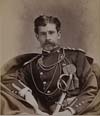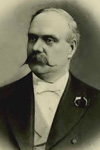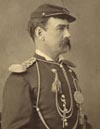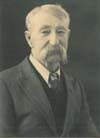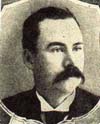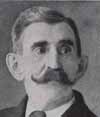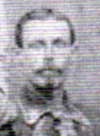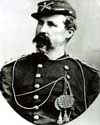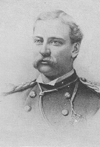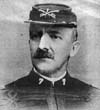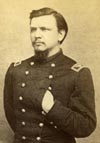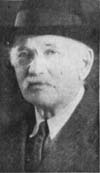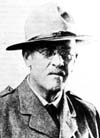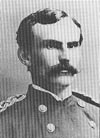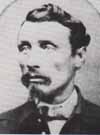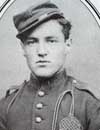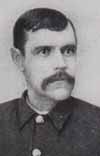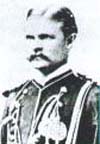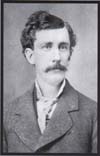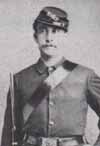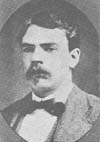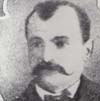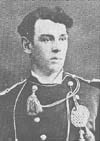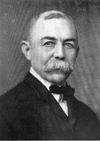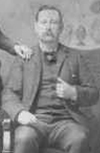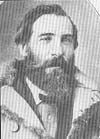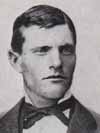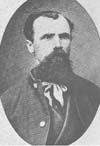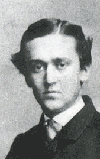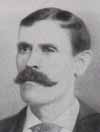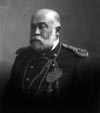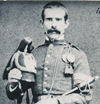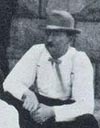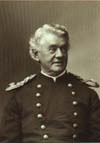James Calhoun (left) married Margaret Emma Custer on March 7, 1872. Maggie Custer lost her husband, three brothers (George, Tom, and Boston) and a nephew, Autie Reed, during the Battle of the Little Bighorn.
Edwin Philip Eckerson was born on March 8, 1850, in Fort Vancouver, Washington Territory. He was a Second Lieutenant in Company L who was en route at the time of the battle, so he was not present.
Charles William Larned (left) was born in New York, New York, on March 9, 1850. He was an 1870 graduate of the United States Military Academy at West Point. He was a Second Lieutenant in Company F who was on detached service, serving as an assistant professor of drawing at West Point, at the time of the battle.
Climbs the Bluff died on March 9, 1880, at Fort Abraham Lincoln, Dakota Territory, and was buried in the Indian Scout Cemetery. He was an Arikara Scout. He was on detached service, carrying messages from the Yellowstone River Depot to the 7th Cavalry, at the time of the battle, so he did not participate in the battle.
James Boggs was born on March 10, 1846, in Carlisle, Pennsylvania. He was a Private in Company H who was not present at the battle. He was on the 7th Cavalry roster at the time of the battle, but he had been discharged for medical reasons on May 15, 1876.
Morris Hedding Thompson was born in Waukegan, Illinois, on March 10, 1852. He was a Private in Company E who was not present during the battle due to detached service at Fort Abraham Lincoln where he was in charge of the company garden.
Charles A. Windolph (left) died on March 11, 1950, in Lead, South Dakota, and was buried in the Black Hills National Cemetery in Sturgis. He was the last white survivor of the battle. He was a Private in Company H who was wounded in the hilltop fight for which he was awarded the Purple Heart, and he helped get water for the wounded for which he was awarded the Medal of Honor.
George A. Bott was born on March 12, 1853, in Fort Wayne, Indiana, to Isaac and Betty Bott. He was a Private in Company A who fought in the valley and hilltop fights.
Thomas Blake died in New York City on March 12, 1927. He was a Private in Company A who fought in the valley and hilltop fights. He died in the city of his birth and was buried in the Cypress Hills National Cemetery in Brooklyn.
George Washington Wylie died on March 13, 1931, in Kansas City, Missouri, and was buried in the Fort Leavenworth National Cemetery in Kansas. He was a Corporal in Company D who participated in the hilltop fight.

